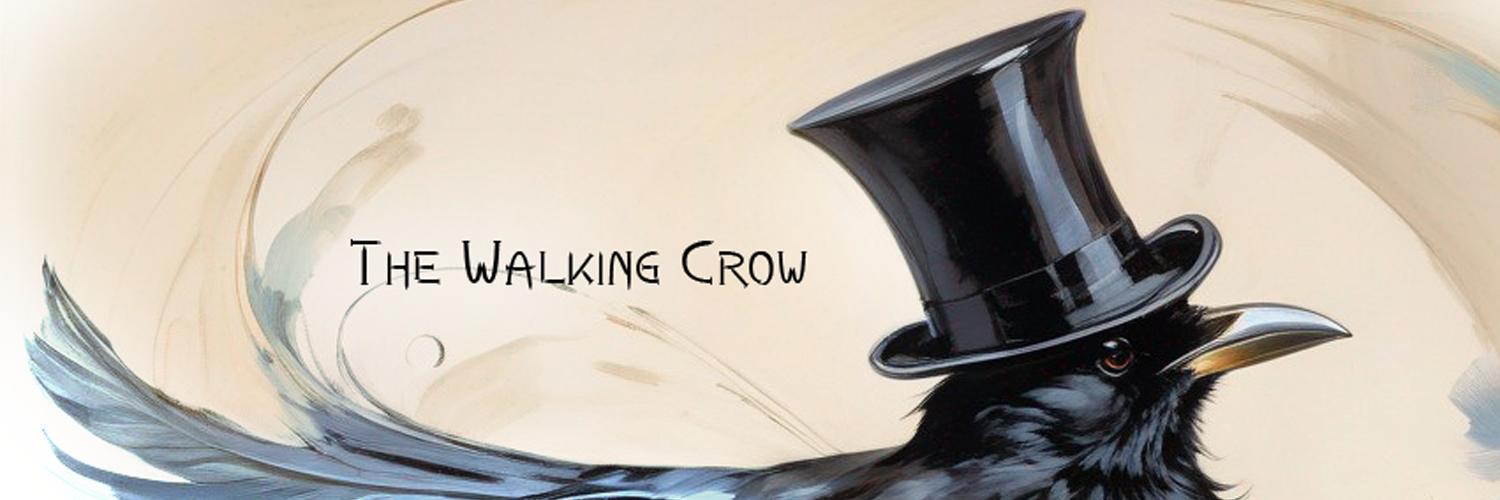
by Jamie Sherfy | Nature, Plants
The Walking Crow Blog features a guide to house plants and gardening, offering comprehensive resources for both novice and experienced gardeners. It aims to help transform living spaces into green oases. Alongside the guide, the blog showcases its latest posts, covering various topics within the gardening spectrum.

by Jamie Sherfy | Nature, Plants
The content discusses the Zebra Cactus (Haworthiopsis fasciata), a non-toxic succulent native to South Africa. Its care includes using well-draining soil, providing indirect sunlight, and watering infrequently. Known for its striking foliage and rosette shape, this low-maintenance plant is ideal for both novice and experienced gardeners.

by Jamie Sherfy | Nature, Plants
Braunsia, a genus of small succulent plants in the Aizoaceae family, thrives in South Africa’s Western Cape. Known for unique leaf shapes and vibrant flowers, they require well-draining soil, ample sunlight, and infrequent watering. Non-toxic to pets, they are ideal for rock gardens and compact spaces, showcasing diverse colors and textures.

by Jamie Sherfy | Nature, Plants
The Bird’s Nest Fern (Asplenium nidus) is a tropical plant known for its lush foliage and unique nest-like appearance. It thrives in bright, indirect light and high humidity, making it a popular choice for indoor gardening. Non-toxic to pets, it can grow as a houseplant or outdoors in warmer regions.

by Jamie Sherfy | Nature, Plants
The Bird of Paradise, also known as Strelitzia, is a stunning flowering plant with vibrant blooms resembling birds. It thrives in USDA Zones 9-11, prefers well-draining soil, and requires full sun to partial shade. Native to South Africa, it has mild toxicity and can be grown indoors or outdoors in suitable climates.

by Jamie Sherfy | Nature, Plants
Begonias are a popular flowering plant genus, with over 2,000 species known for their vibrant colors and adaptability. They thrive in various growing conditions, prefer well-draining soil, and require bright, indirect light. While mildly toxic, begonias can enhance indoor air quality, making them ideal for home gardens.

by Jamie Sherfy | Nature, Plants
This content discusses the banana plant (Musa), a large herbaceous perennial often mistaken for a tree. It details its growing conditions, including preferred soil, sunlight, water, and temperature. The plant, which can produce different banana varieties and offers nutritional benefits, thrives in USDA Hardiness Zones 9-11 and can be grown indoors in colder climates.

by Jamie Sherfy | Nature, Plants
The Walking Crow Blog features a guide to house plants and gardening, offering comprehensive resources for both novice and experienced gardeners. It aims to help transform living spaces into green oases. Alongside the guide, the blog showcases its latest posts, covering various topics within the gardening spectrum.

by Jamie Sherfy | Nature, Plants
Avonia is a genus of dwarf succulents native to arid regions of southern Africa, thriving in harsh conditions. Common species include Avonia papyracea. They prefer well-draining soil, ample sunlight, and infrequent watering. Generally non-toxic, they contribute to indoor health. These slow-growing plants are ideal for small spaces or containers.

by Jamie Sherfy | Nature, Plants
Astroworthia is a hybrid succulent plant genus derived from Astroloba and Haworthia, featuring various cultivars like ‘Towering Inferno.’ These non-toxic plants thrive in well-draining soil under bright, indirect sunlight and prefer infrequent watering. They are ideal for small spaces and exhibit diverse textures and colors, with occasional flowering.










